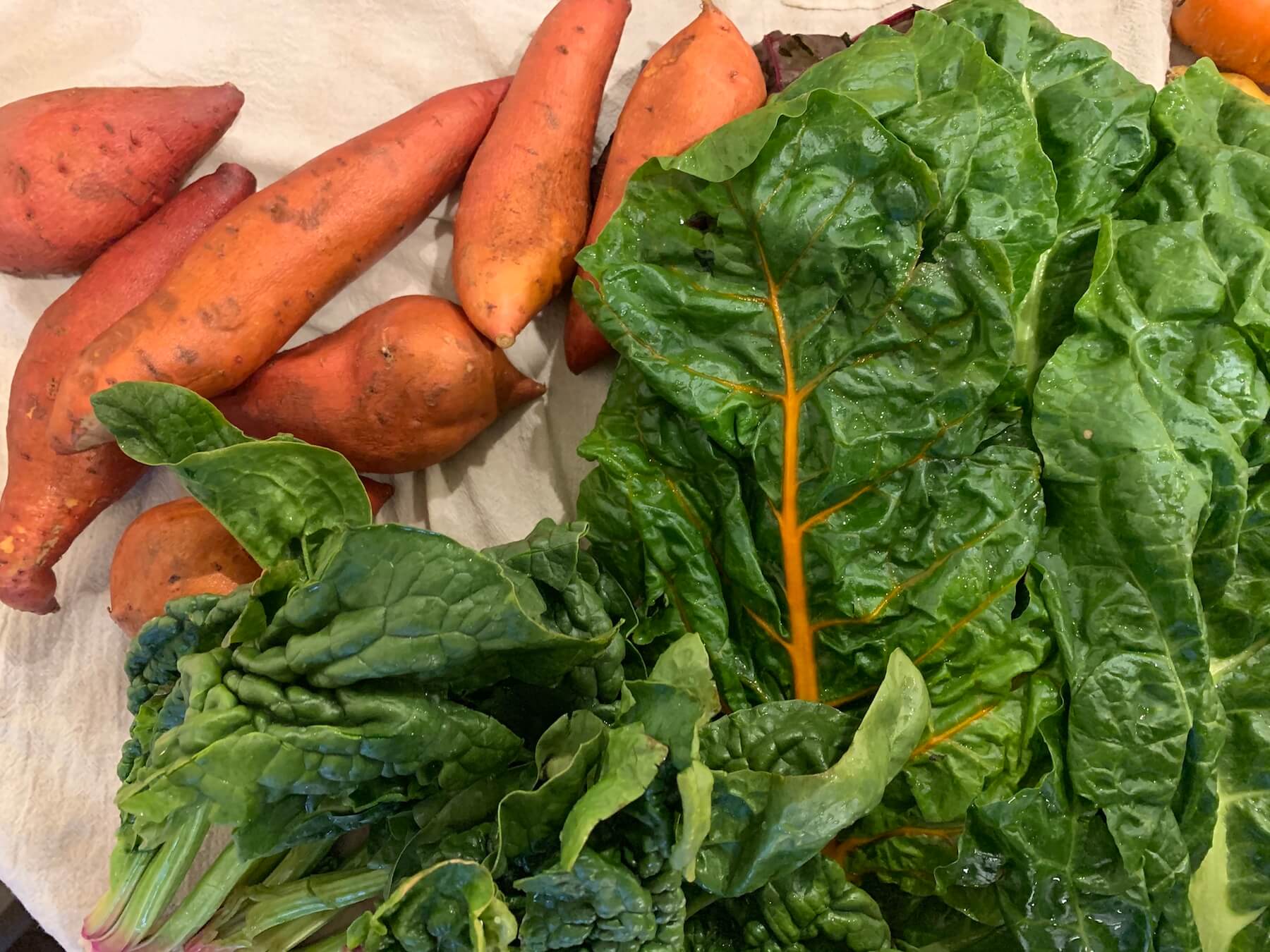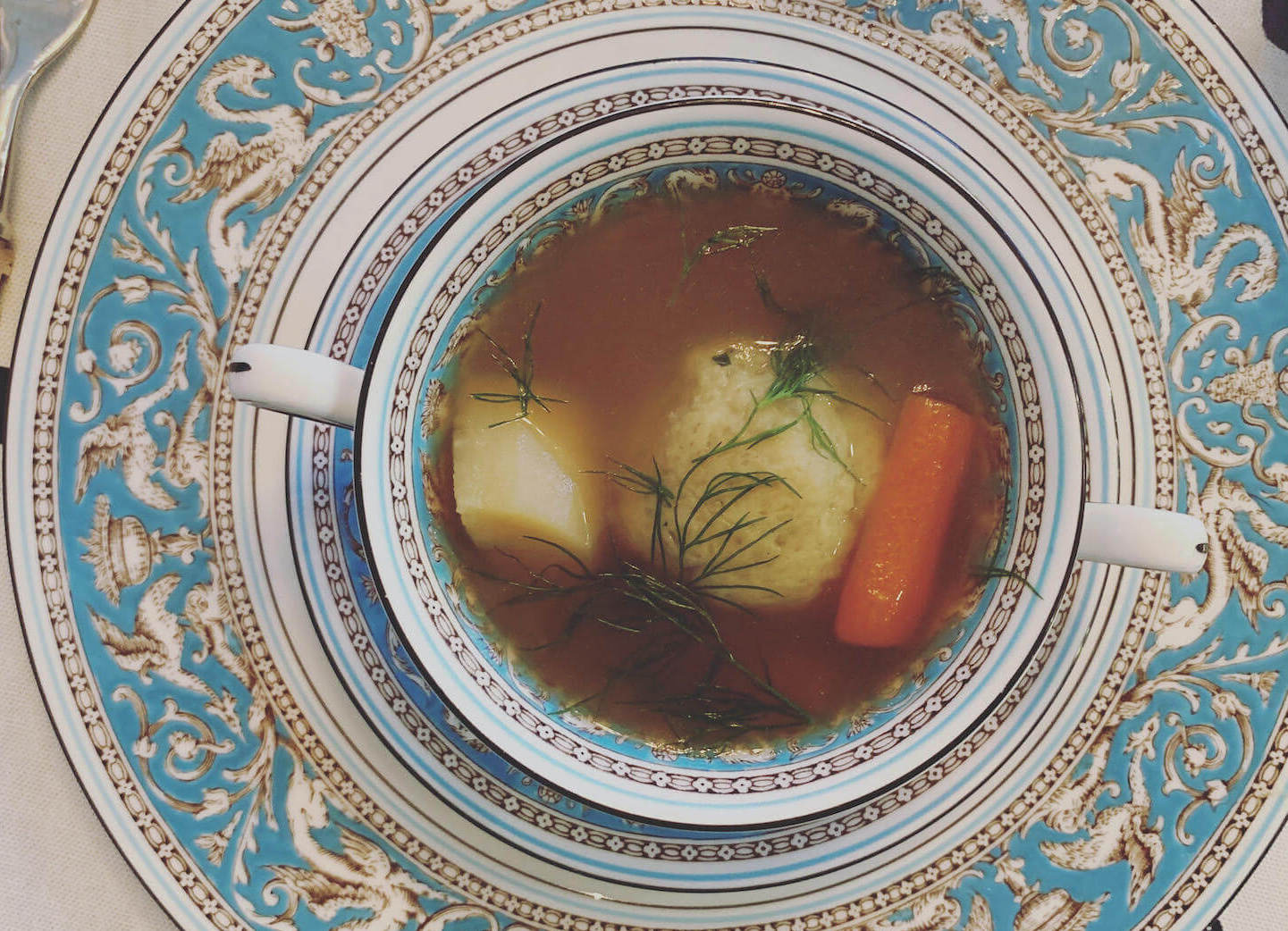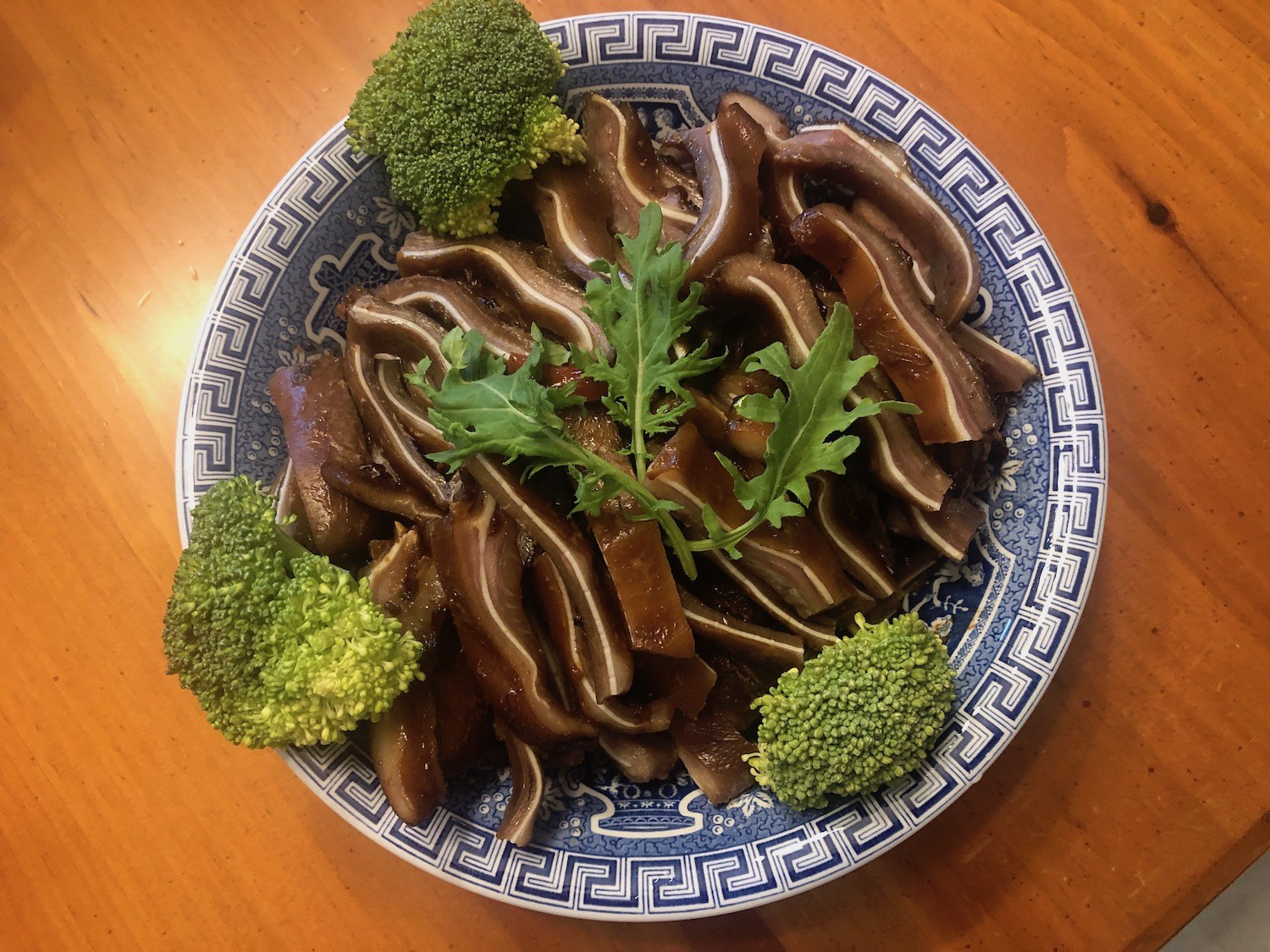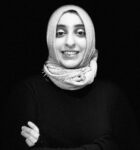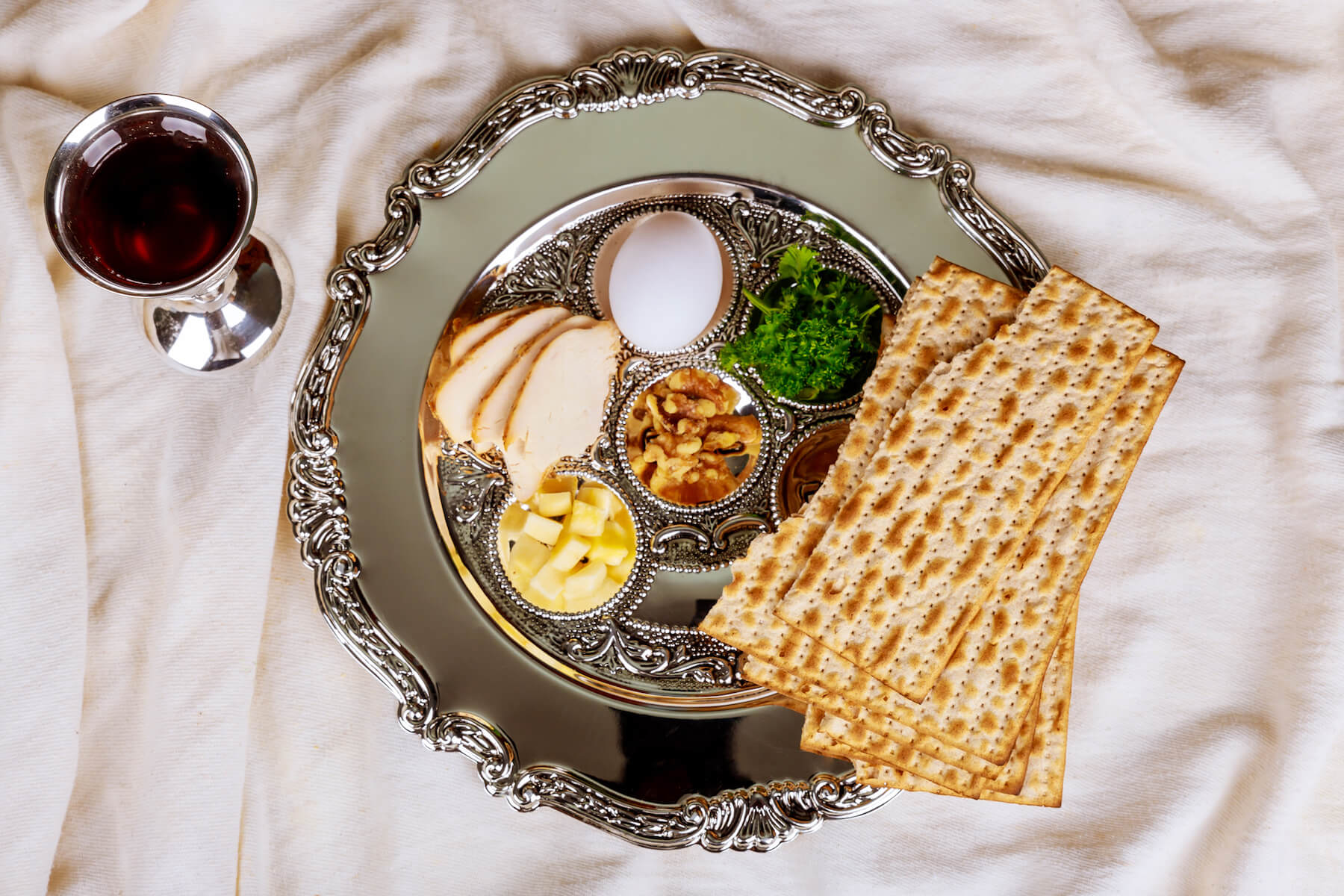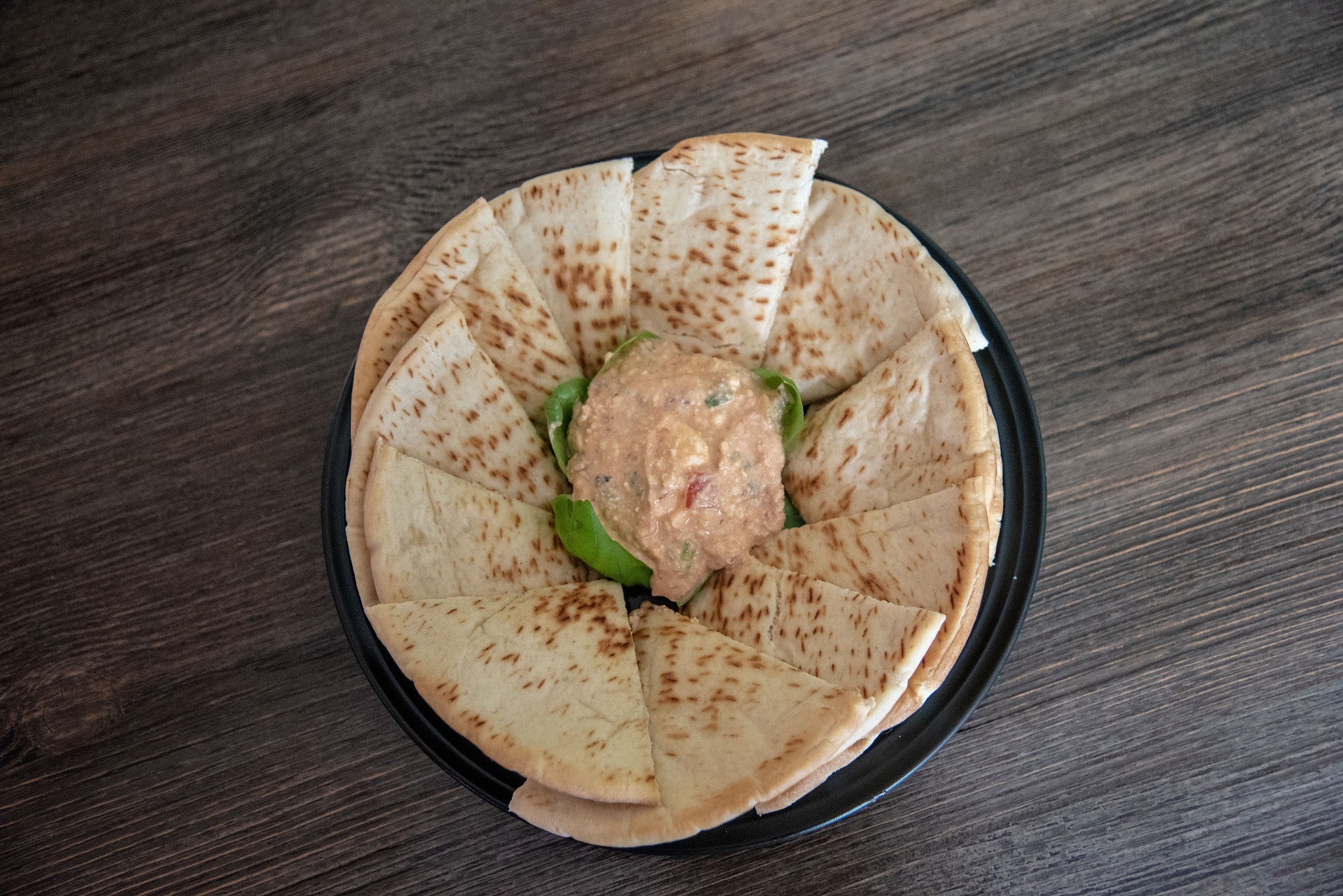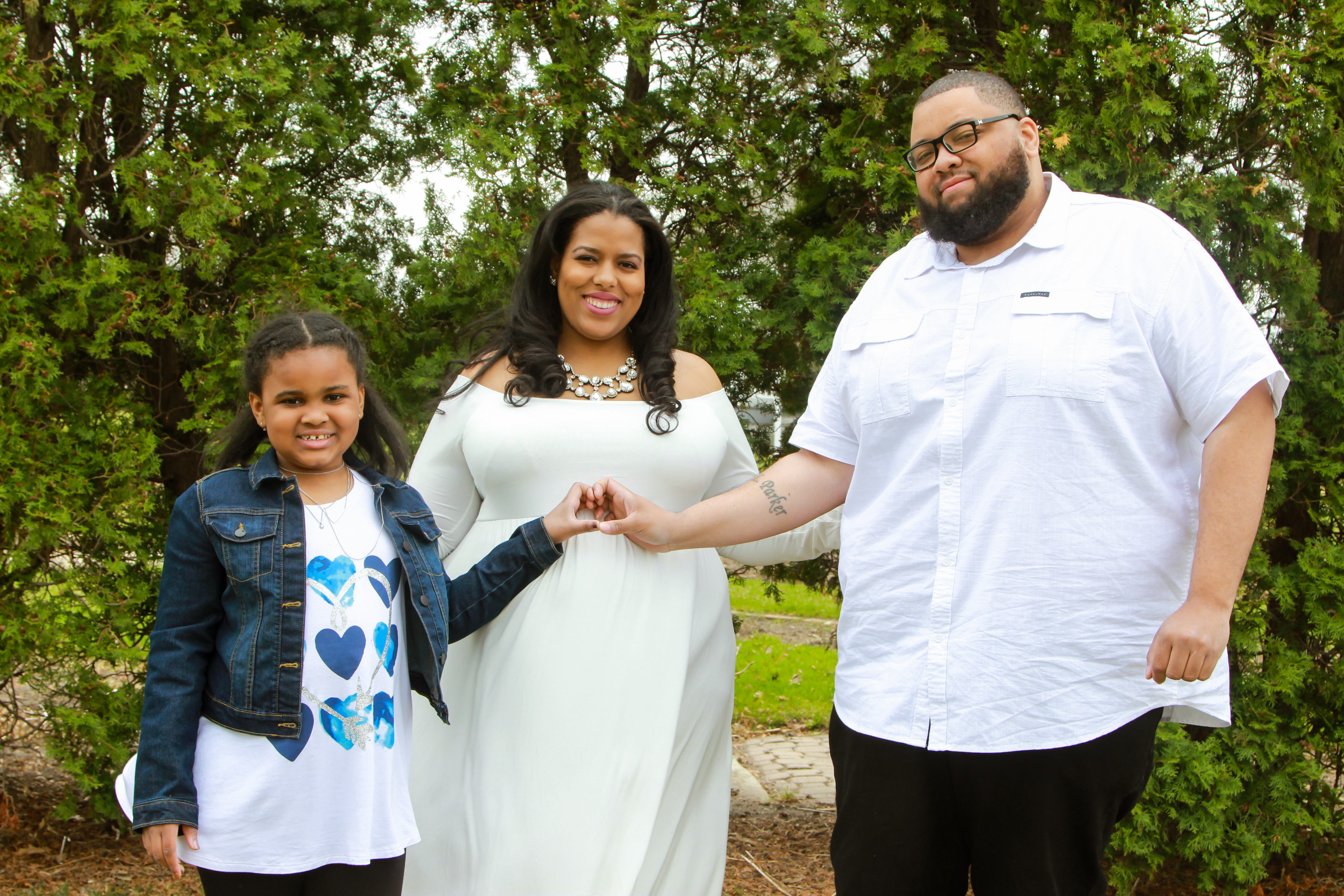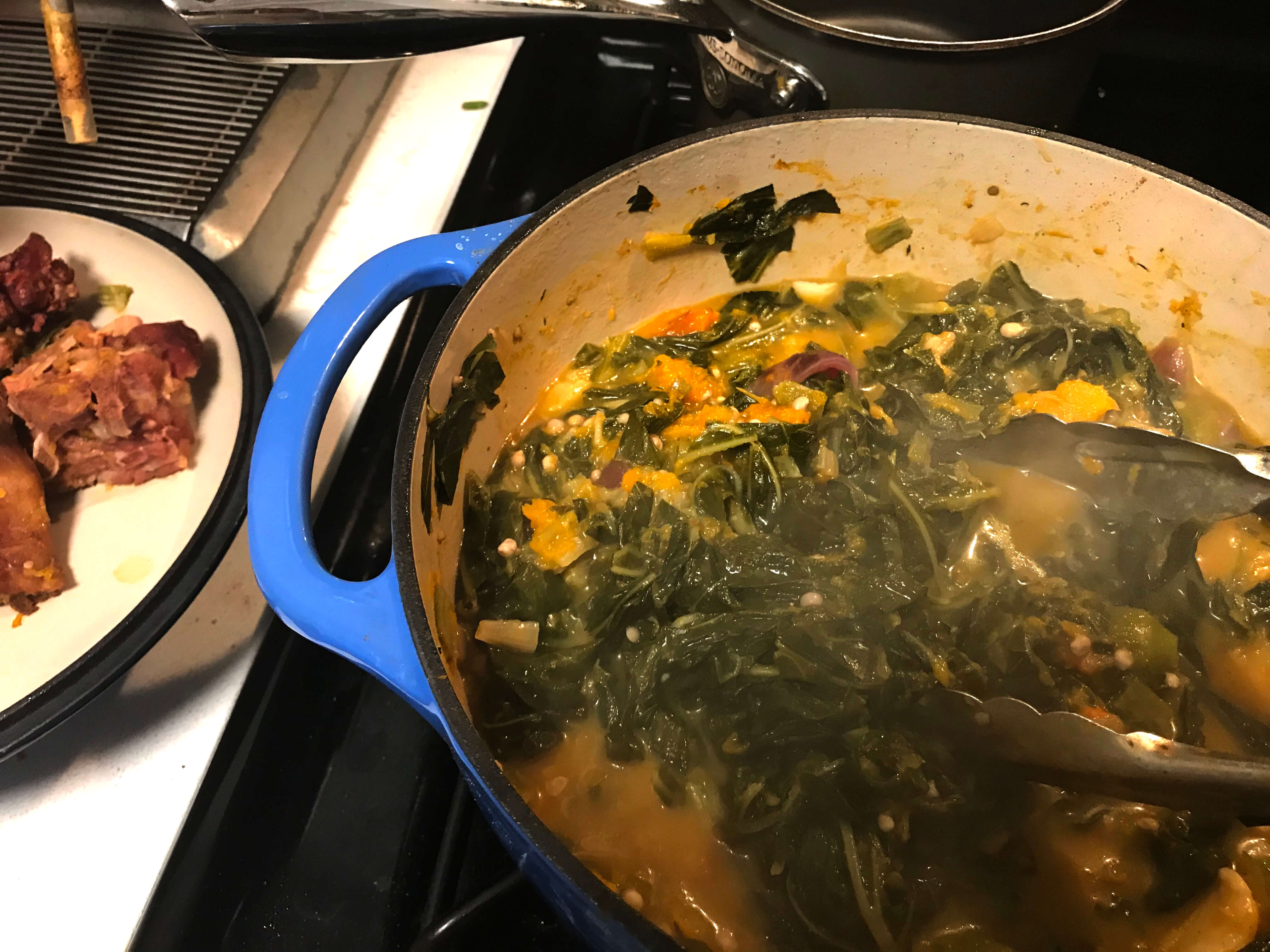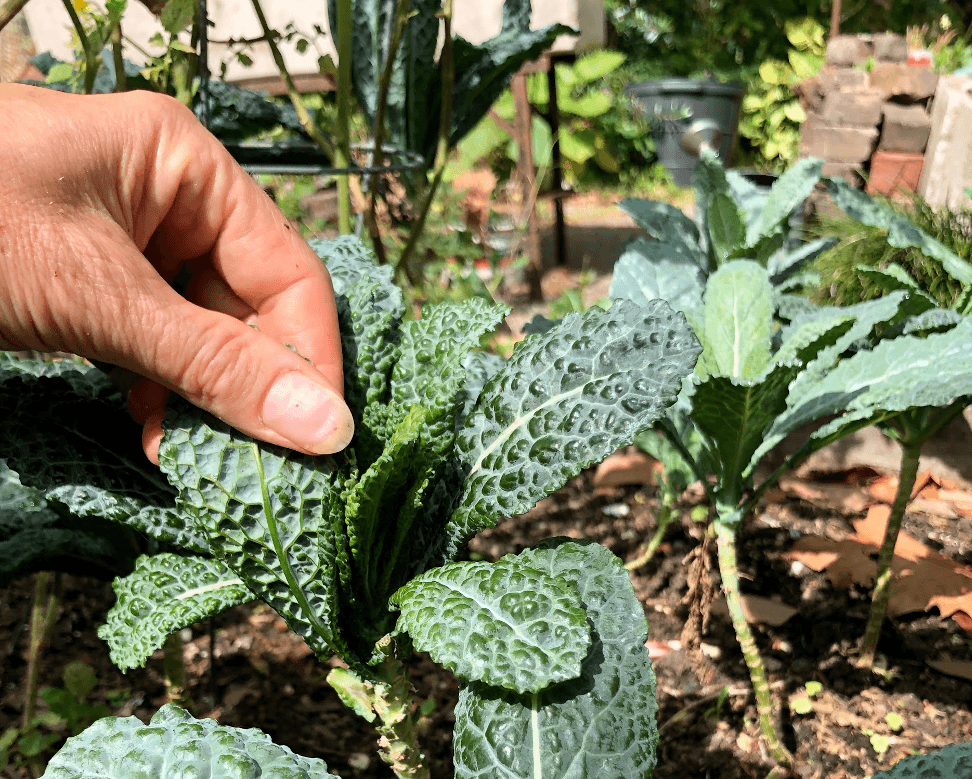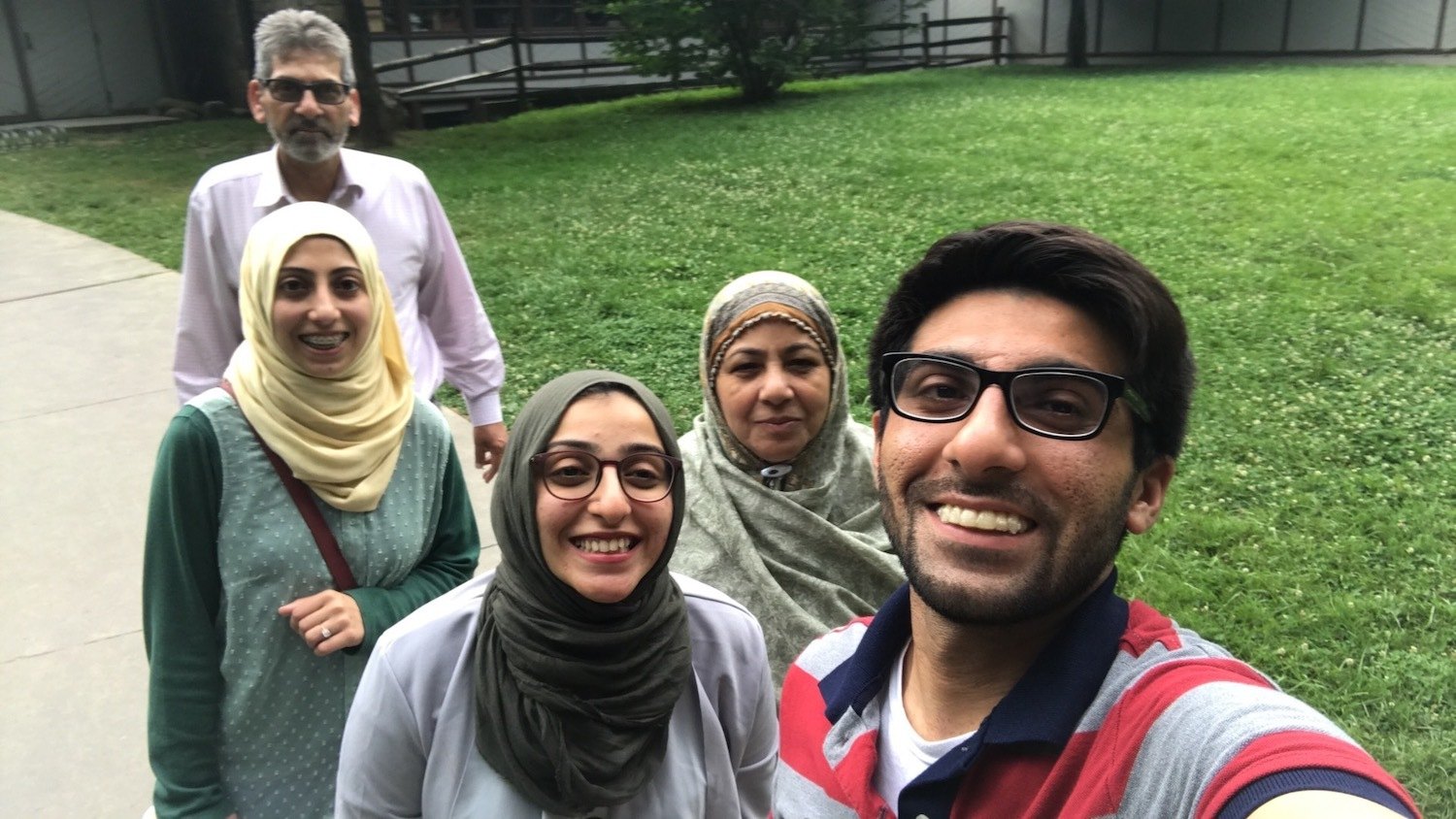
Shajia Abidi
“It’s been roughly four months since the pandemic broke out. Everything in my life has changed.”
Depending on traffic, it used to take me about an hour to drive from my home in San Jose to Foster City, where I worked. Now, I put on a hoodie and a hijab seconds before meetings, face my computer, and smile awkwardly into WebEx. My travel time is just a few seconds.
When I worked in the tech industry, I enjoyed complimentary food. From oatmeals and cereals at breakfast to an all-day unlimited supply of snacks in between, they provided everything.
But after the Bay Area entered lockdown, I was on my own. My brother and I started cooking traditional Pakistani meals; occasionally, we would order Halal food.
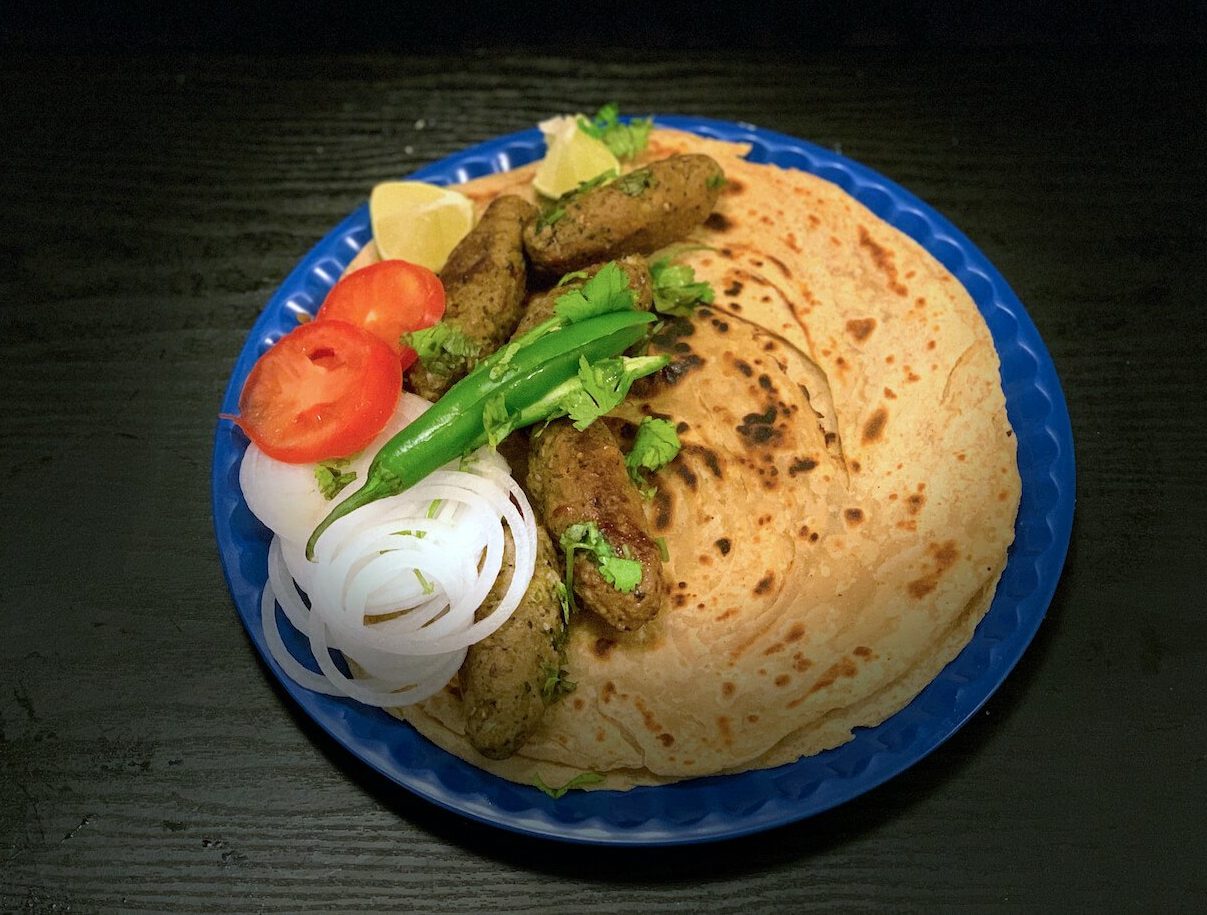
Gola Kabab, garnished with cilantro, served with onion rings, diced lemon, green chili, sliced tomatoes, and paratha on a platter.
Shajia Abidi
While we were adjusting to this new normal, the celebration at the end of Ramadan—Eid-ul-Fitr—fell within a month of the lockdown. The fear of Covid-19 was widespread: “Are we going to survive this?” “Is our family taking precautions when going out?” The uncertainty, the deaths, made it hard to celebrate. My brother and I sat at home, ordered pizza, watched a movie on Netflix.
Now, with the Islamic holiday Eid-ul-Adha around the corner, I feel lucky I moved in with my parents in Nashville. If nothing else, I am confident I’ll have more than pizza.
I now start my day with the traditional Pakistani breakfast—paratha with egg and a hot cup of chai—fixed by my mom. The sizzling sound of the butter on the pan and dipping fresh-out-of-the-pan parathas into the hot chai reminds me of my early mornings in Pakistan.
In the upcoming days, I will be thinking of Pakistan more than usual. This Friday, Muslim Americans will celebrate Eid-ul-Adha, also known as the Festival of the Sacrifice. God commanded the Prophet Abraham to sacrifice his son to prove his faith. When he was about to sacrifice Ishmael, God replaced his son with a sheep.
To honor Abraham’s loyalty and obedience, we sacrifice an animal—a sheep, cow, goat, or rarely a camel. The meat is divided into three equal portions: one for our families, one for our relatives, and one for impoverished people.
While Eid-ul-Fitr is for the sweet-toothed, this Eid is savory. In our family, we celebrate the former with Sheer Khorma (a delectable vermicelli pudding with nuts and milk), Kheer (a rice pudding prepared with rice, milk, and sugar), and Seviyan (frizzled vermicelli with nuts). But Eid-ul-Adha has an entirely different feel.
The uncertainty, the deaths, made it hard to celebrate. My brother and I sat at home, ordered pizza, watched a movie on Netflix.
Back in Pakistan, after the morning prayers, while the butcher would trim meat into cuts, my uncle would send cow’s liver for us to cook Kaleji—liver sauteed with fenugreek seeds, onions, spices, yogurt, chilies, and dill. Along with the morning guests who would stop by after Eid Prayers, we would have Kaleji—a specialty in our family—for breakfast.
Once we packaged the meat, my cousin and I would distribute it to our relatives and neighbors. We would then start decorating the house and preparing a feast for a few dozen people. From Beef Biryani to Beef Karahi Gosht—beef cubes stir-fried with tomatoes, green chili, ginger, and garlic in a wok-like pan—from BBQ to kebabs, we would have all the savory flavors.
When I moved to the U.S., I’d still dress up and visit the mosque to celebrate, pray as a community. Yet, without the lighted neighborhood, the sizzling of the Gola Kabab, the aroma from the grill wafting through the air, the loud guffaws filling the room, it just wasn’t the same. It was a celebration, but it didn’t feel like Eid.
A few years ago, my aunt started hosting a BBQ picnic at San Pablo Reservoir. They served burgers and hot dogs, and the rest was an open potluck—you were welcome to bring food or just bring yourself.
From nachos to traditional Pakistani fare, from Koobideh—Persian meat kebab made from ground lamb or beef—to Baklava, the picnic table would be full of food. At all times, someone would be on the grill, barbecuing burgers and hot dogs. It was the perfect melding of old traditions and new.
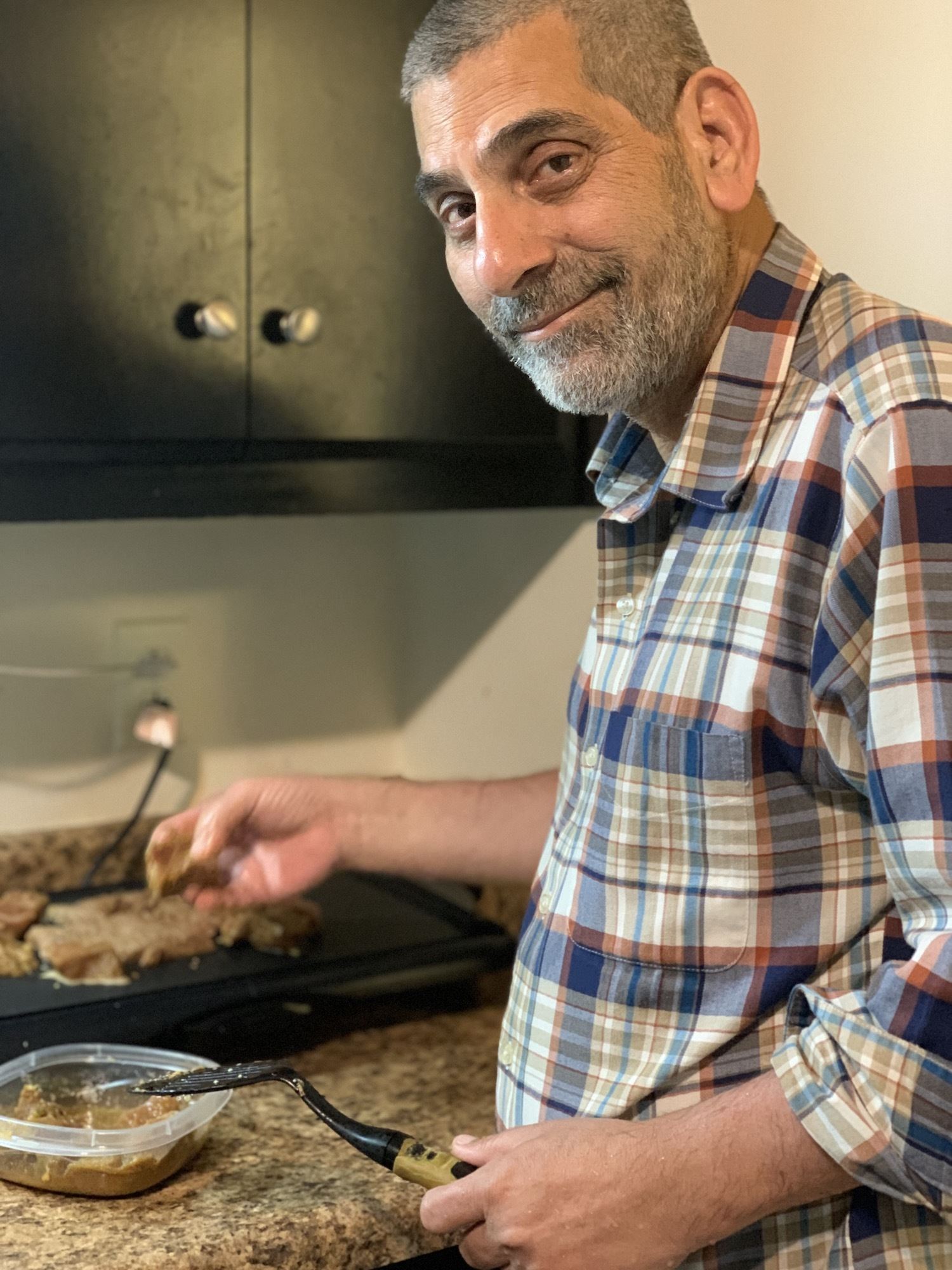
Shajia Abidi
Holding a spatula with one hand and marinated Beef Boti in another, the author’s father Syed Abidi is cooking dinner.
But this year, we have to modify our celebrations according to these unique circumstances.
For me, it’s the act of getting people under one roof, the preparation and the chaos that goes into it, the dressing up and the dolling-up-in-one-room, the last-minute arrangements, and taking care of the guests that get me excited about Eid.
I won’t have that this year. My family and I won’t be able to pray and celebrate with relatives and community members in person, but instead, celebrate with them on Zoom. We will dress up and offer prayers at home. Instead of all the ruckus in the kitchen, this time, we will cook more quietly.
As much as I like a boisterous Eid, I am honestly looking forward to a calm one this time around. I am looking forward to eating Tandoori Chicken—skinless legs and thighs marinated in a mixture of yogurt, lemon, and traditional spices—along with Beef Boti, served with green chutney and parathas.
While the day might not be as vibrant and festive as the preceding years, I’m ecstatic to be celebrating this Eid with my immediate family with the hope that we will commemorate future events with high spirits again.
